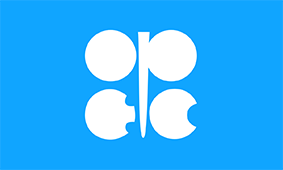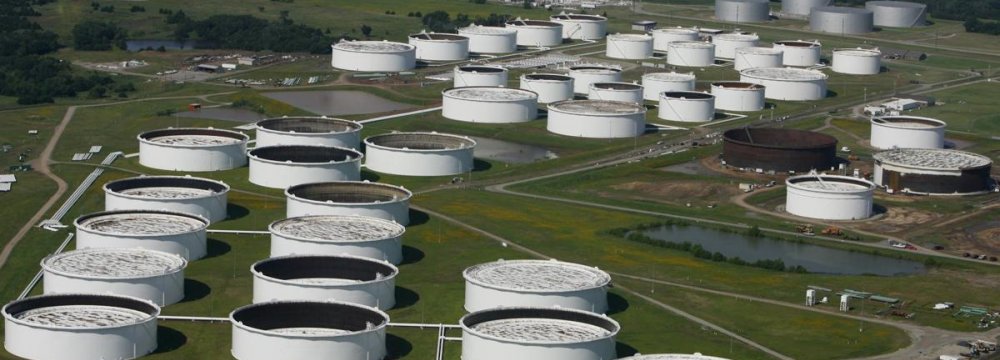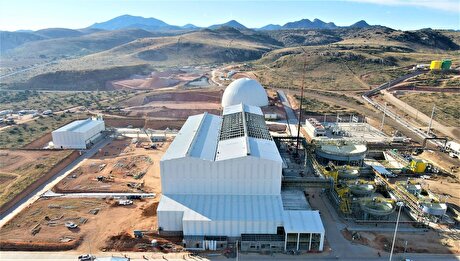
Mohammad Barkindo: OPEC Focus on Averting New Oil Glut


Worried by a drop in oil prices and rising supplies, OPEC and non-OPEC countries such as Russia agreed in December to return to production cuts in 2019.
The producers meet on April 17-18 to review the pact.
OPEC Secretary General Mohammad Barkindo, in comments to Reuters, did not rule out more action if industrialized nation stocks continued to rise above the five-year average.
“We remain focused on the supply-demand balance,” Barkindo told Reuters TV at the World Economic Forum in Davos. “Our challenge is to maintain supply-demand balance.”
“We have seen inventories rising beyond the five-year average. A couple of months ago we have seen a deficit. We intend to ensure stocks remain within the five-year average.”
A recovery in oil prices this year will boost hopes among producers that the deal to cut supplies, which began on Jan. 1, is working. Oil has risen to above $60 a barrel, after a dip below $50 at the end of 2018.
But oil stocks in OECD nations - used as a yardstick by the producers to gauge the effectiveness of their supply cuts - were above the five-year average in November. The producers, known as OPEC+, pledged to lower output by 1.2 million barrels per day from Jan. 1. OPEC’s share is 800,000 bpd.
Barkindo said producers were making significant oil production cuts to avoid a build-up during the first quarter, and the oil market had reacted well.


Trump weighs using $2 billion in CHIPS Act funding for critical minerals

Electra converts debt, launches $30M raise to jumpstart stalled cobalt refinery

Codelco cuts 2025 copper forecast after El Teniente mine collapse

Barrick’s Reko Diq in line for $410M ADB backing

Abcourt readies Sleeping Giant mill to pour first gold since 2014

SQM boosts lithium supply plans as prices flick higher

Nevada army depot to serve as base for first US strategic minerals stockpile

Pan American locks in $2.1B takeover of MAG Silver

Viridis unveils 200Mt initial reserve for Brazil rare earth project

Kyrgyzstan kicks off underground gold mining at Kumtor

Kyrgyzstan kicks off underground gold mining at Kumtor

KoBold Metals granted lithium exploration rights in Congo

Freeport Indonesia to wrap up Gresik plant repairs by early September

Energy Fuels soars on Vulcan Elements partnership

Northern Dynasty sticks to proposal in battle to lift Pebble mine veto

Giustra-backed mining firm teams up with informal miners in Colombia

Critical Metals signs agreement to supply rare earth to US government-funded facility

China extends rare earth controls to imported material

Galan Lithium proceeds with $13M financing for Argentina project

Kyrgyzstan kicks off underground gold mining at Kumtor

Freeport Indonesia to wrap up Gresik plant repairs by early September

Energy Fuels soars on Vulcan Elements partnership

Northern Dynasty sticks to proposal in battle to lift Pebble mine veto

Giustra-backed mining firm teams up with informal miners in Colombia

Critical Metals signs agreement to supply rare earth to US government-funded facility

China extends rare earth controls to imported material

Galan Lithium proceeds with $13M financing for Argentina project

Silver price touches $39 as market weighs rate cut outlook

















